We used to get petrol from Service Stations.
We’d pull up, stay in our cars and say “fill‘er up and can you check the oil, water and tyres please”. Not so anymore. Esso, Ampol and Golden Fleece names have disappeared too.
The Big Oil Brands worked to differentiate themselves mainly through brand marketing given their products were not easily distinguished. Service was the differentiator. They moved to compete more on lowest price, loyalty was hard work and consumer’s cost-to-switch was low. As they moved to compete on price, they introduced self-serve and shed the labour that gave us our driveway service. This accelerated the overall product into a commodity.
The business model changed. Big Oil sold off their service stations and went ‘upstream’. They flipped the 80:20 rule with instead of 80% of stations owned by oil companies, it became closer to 20%. Others, retained ‘ownership’ of the fuel piece and franchised, leased or otherwise outsourced the ‘shop’.
BP, SHELL, CALTEX, INDEPENDENT – which one is better?, who is your favourite?, how are they different?
The formula looks something like this
Products seen to be the same? + Lets lower costs then price by removing labour + Lets introduce self-service = Bland, Beige, Vanilla + Price Competition
(What was that Albert Einstein definition of insanity? That’s right – It was, Spend millions on advertising your brand even when your customers perceive no difference)
Which other industries with big players are headed for business model disruption?
Where else is service declining and the incumbents’ products looking more and more similar?
Perhaps in banking and grocery?
Big Four banks– wow , I so wouldn’t want to be these guys right now, everything is against them. They are being forced to hold more capital which squeezes margins, apartments in Australia are about the have ‘a moment’ which could trigger something worse and Global FinTech is about to start chewing vital organs sending them to RPA. No, not Royal Prince Alfred Hospital but Robotic Processing Automation, the other RPA, that saves labour and costs.
But optimisation to lower costs alone is NOT the answer here.
Big Two grocery– what happens when one marketing team says “down, down”, and the other says ‘cheap, cheap”? Price has become the battleground. But then Aldi arrives and has lower prices. What now? It would make a lot of sense for one to pick fresh (focus = product), one to pick convenience (focus = customer) and one to pick price (focus = company).
But optimisation to lower costs to support lower prices alone is NOT the answer here either.
There are three main innovation and development activities,
- Product Development (New products)
● Poster Child = Brand, B2C e.g. Apple, Nestle, Proctor and Gamble)
- Customer Development (New customers)
● Poster Child = Start-ups and their tools, specifically Lean Startup)
- Market Development (New ways to work, New Business Models)
● Poster Child = Companies changing prevailing business models e.g. Amazon, Google, Netflix, Uber, Airbnb)
Which should we choose if our product is being commoditised?
Well incumbents are often good at Product Development. They have product development systems and their launches are assessed and managed for risk and they put everything through its paces. Great business cases are evaluated, distilled and prioritised. Eventually something gets launched. It’s often incremental and dull yellow, a shade off beige but incrementally new nonetheless.
The Petrol Stations have introduced ‘engine cleaning’ petrol and offer it in three tiered pricing. (91, 95 and 98 Octane) Nice. Good way to improve margins and influence buying behaviour.
Add in convenience stores. Nice.
Throw in some Customer Development with business lounges and digital payments from the car (Europe). Nice
How about Market Development? Disruptive Innovation?
Not so much.
What if we just mixed up a few different business models? We might see…
Petrol home delivered like our groceries and mobile lenders?
Bank loans to startups in return for equity?
Banks facilitating peer to peer platforms for lending? Private Label (homebrand) loans?
Groceries and petrol and banking together (well we already have this if we include the ATM)
Pool family assets to optimise a whole family’s balance sheet? Income for the oldest gen, investment for middle gen and savings for the youngest gen?
Shopping Brokers paid a commission by the supermarkets to do our shopping with them. Health, price and convenience criteria applied.
Membership groups who pay a monthly subscription or an annual membership in return for new, desired benefits.
Innovation and Disruption are tough. The bigger you are the harder it is. Mixing up business models from other industries can get you to breakthrough ideas quickly. But ideas don’t hit P&L’s. To test yourselves, have you launched a new business/business unit in 2016? Did it work? Did you change your business, revenue, communication or differentiation model to get there?
Back to the all Big Biz’s above. Too big to fail I reckon. That’s probably what we all reckon. But not too big to have a major growth stall, shed thousands of jobs and rearrange the corporate ranks, I reckon. Market Innovation. Get on it peeps.



Comments are closed.